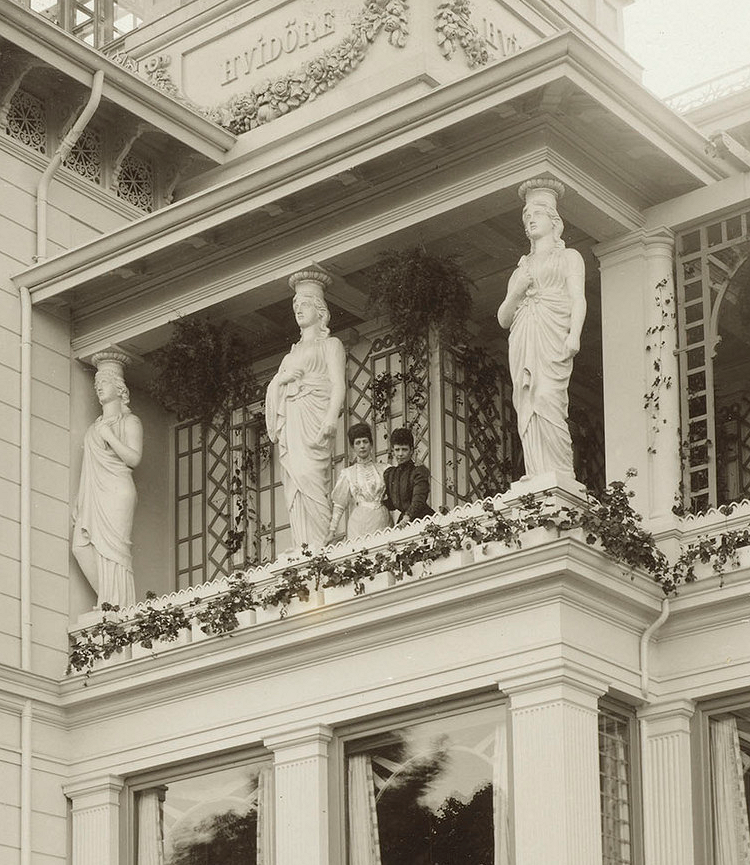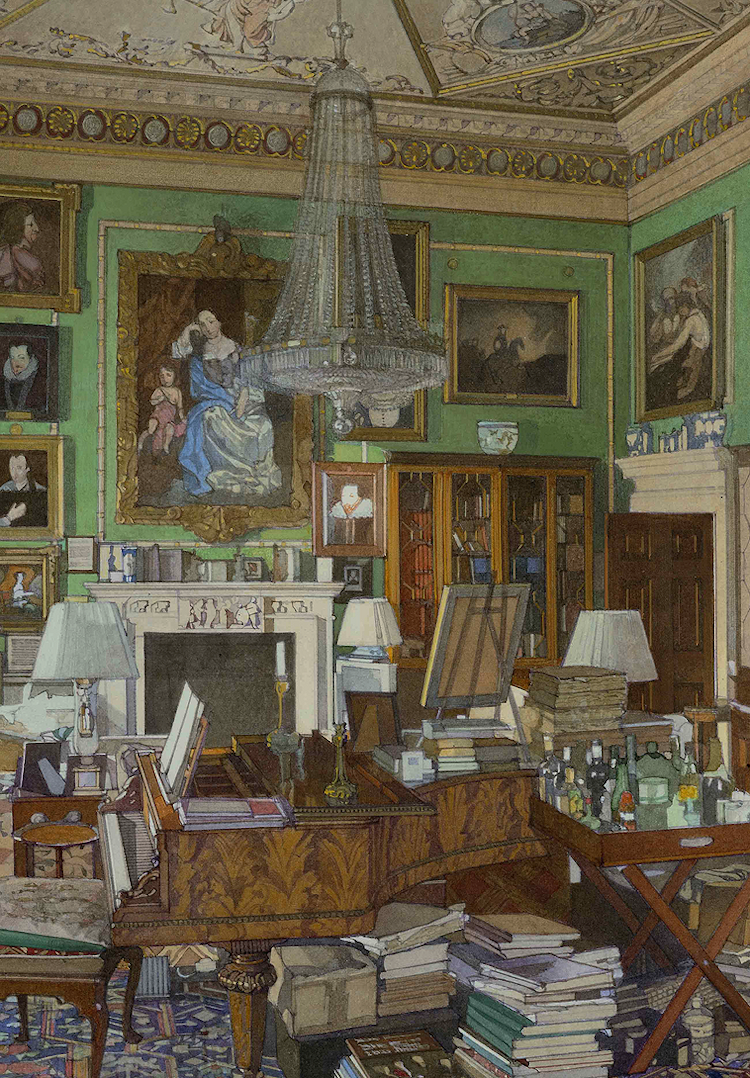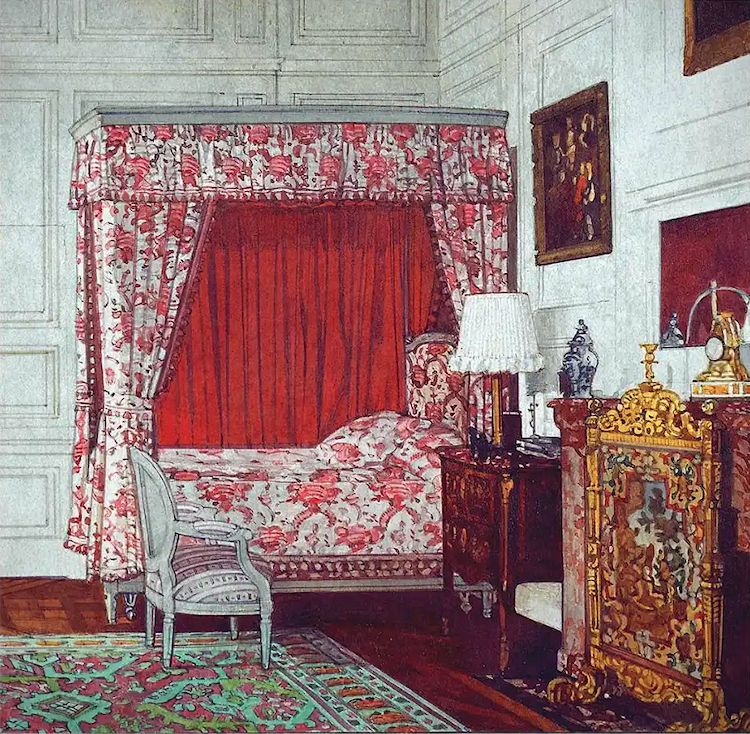 |
| These photographs are attributed to Mary Steen and Jens Johan Danielsen. |
*
Hvidøre is a villa at Klampenborg, just south of Bellevue Beach, on the Øresund coast north of Copenhagen.
At the beginning of the sixteenth century, King John of Denmark built a royal residence at Hvidøre. The castle changed hands many times over the centuries, eventually being acquired by civil servant and diplomat Frederik Christian Bruun in 1871. He had the existing building demolished and commissioned architect Johan Schrøder to design a villa to be built in its place, meant for his family's use as a summer residence. Bruun died sixteen years later, at the age of only fifty-nine, but his widow kept Hvidøre until 1906.
In February 1906, King Christian IX's daughters, Queen Alexandra of the United Kingdom and Dowager Empress Maria Feodorovna of Russia, acquired the building for use during their frequent visits to their native Denmark. They hired an aging Johan Schrøder to adapt and update the house with modern conveniences such as central heating, while the British firm Waring & Gillow was put in charge of most of the interior decorations. A tunnel was also dug to provide direct access to the beach, which belonged to the Hvidøre property, but was separated from it by the coastal road.
In the years that followed, the royal and imperial sisters generally stayed at Hvidøre in the autumn, from September until November. These visits sadly came to an end with the outbreak of World War I in 1914.
In 1919, two years after the fall of the Romanov dynasty, the dowager empress was evacuated from revolutionary Russia, and eventually settled at Hvidøre. Joined by her daughter, the Grand Duchess Olga Alexandrovna, her son-in-law, and their two children, she remained there until her death in 1928.
In 1930, the Grand Duchess Olga and her older sister, the Grand Duchess Xenia, sold Hvidøre.
In 1932, Musse Scheel, the daughter of Frederik Christian Bruun, acquired her childhood home. She only lived in the house for two years, and in 1937 the Hvidøre estate was acquired by Novo Industry. Today it serves as a conference and training venue for the Novo Group.
*
I can't help but comment on the retouching evident in many of these photographs, though much here is subtle enough to go without notice by most. As I've stated elsewhere, retouching of photographs came in at almost the same moment as photography itself. And it would be rare, indeed, beginning around the last third of the nineteenth century, to find images of aristocratic and royal ladies, especially, that didn't evince at least some degree of aesthetic "correction." Queen Alexandra was a fairly infamous user/abuser of retouching. There isn't evidence of a great amount of it in these images... but there is this very strange detail. (The full image is above.) Beyond the work done on the hem of her dress, her waist, and her hip, quite noticeable is the rather alarming lightening of her face and bust. Eerie. The retouchers of the time, suffering with such crude methods, could only dream about modern wonders like Photoshop...!



































,%20the%20second%20daughter%20of%20King%20Francis%20I,%20Jean%20Clouet,%20circa%201522.png)

%20Clouet,%20circa%201520s.png)

,%203rd%20Daughter%20of%20Fran%C3%A7ois%20I%20and%20Claude%20of%20France%20circa%201522.png)




















.png)












